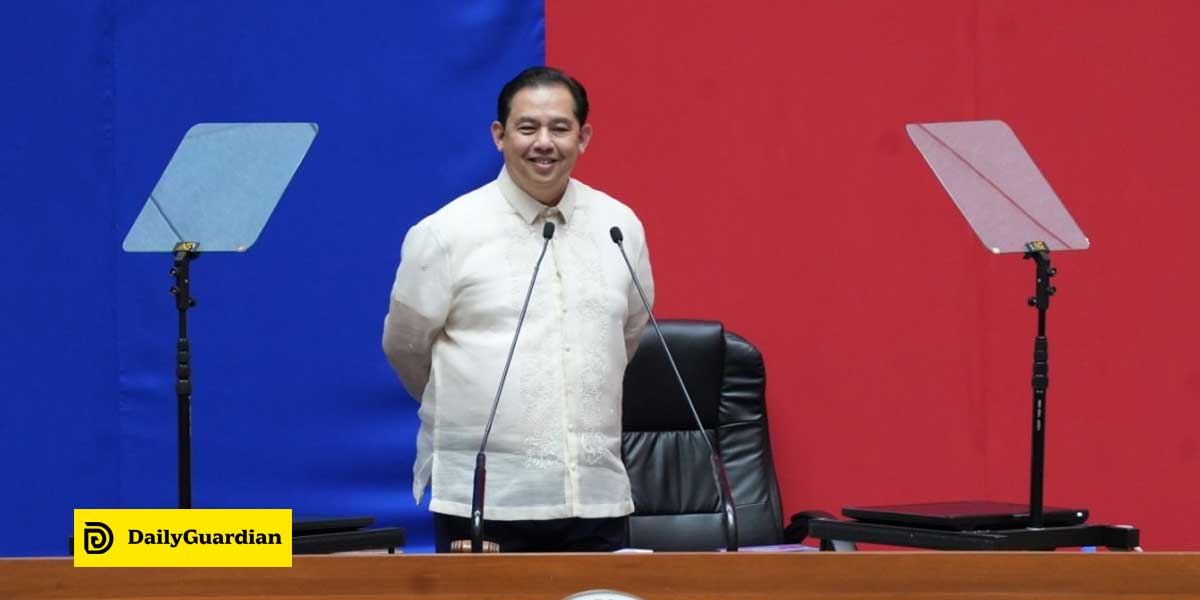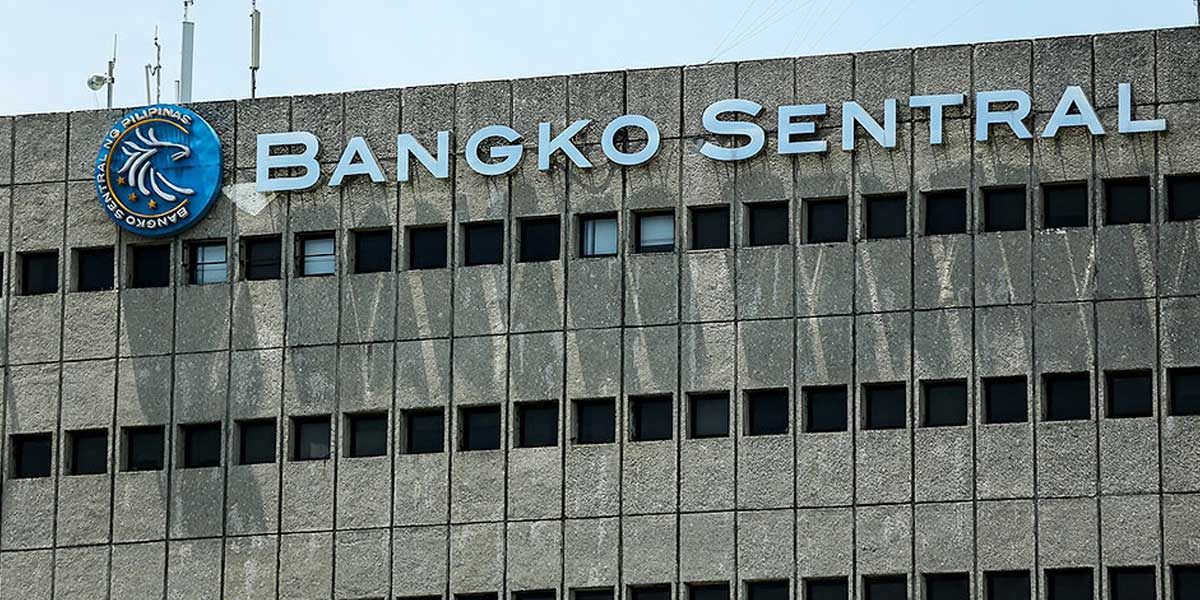The Commission on Elections (Comelec) has unveiled a suite of new technologies and processes for the 2025 National and Local Elections, aiming to enhance transparency and bolster public confidence in the electoral process.
Central to these innovations are the new Automated Counting Machines (ACMs), which promise a more secure and transparent voting experience. However, the absence of a Transparency Server and the introduction of on-site vote verification are equally significant developments that require careful consideration and understanding.
Unlike the first-generation ACMs used in 2004, which required ballots to be transported to centralized counting centers, the new ACMs will count ballots directly at polling precincts. This decentralized approach is poised to significantly reduce the risk of ballot tampering during transportation and expedite the counting process.
COMELEC has secured an P18.8-billion contract to lease 110,000 ACMs, 104,345 ballot boxes, and 2,200 consolidated canvassing system servers, laptops, and printers from Korean firm MIRU. The increased number of machines underscores the commitment to ensuring every vote is counted promptly and accurately at the source.
These machines are designed to streamline the voting process. Voters will fill out their ballots by shading ovals next to their chosen candidates’ names, then feed the completed ballots into the ACMs. The innovation lies in the ACM’s 14-inch touchscreen, which allows voters to verify their selections before casting their votes. This feedback mechanism ensures that voters can confirm their choices, potentially reducing errors and enhancing voter confidence.
Furthermore, each ACM will produce a voter-verifiable paper audit trail (VVPAT), commonly referred to as a “resibo.” This printed receipt includes a QR code that can be used for verification, adding another layer of transparency and security to the voting process.
One of the most surprising announcements from Comelec is the removal of the Transparency Server. Historically, this server has played a crucial role in relaying election results data from precinct-based machines to media outlets. Its removal means that media outlets will now receive data directly from the ACMs.
While this change aims to streamline the reporting process and potentially reduce points of failure or interference, it also raises questions about the accessibility and verification of data. Direct data transmission can enhance speed and reduce the risk of tampering, but it also necessitates robust systems to ensure accuracy and transparency. The public and media must be vigilant in understanding these new processes to maintain trust in the results.
Perhaps the most significant innovation is the introduction of on-site vote verification. Comelec plans to display ballot images publicly at polling places. These images, considered the most trusted election documents, will be accessible without the need for formal protest actions.
This move could revolutionize election transparency. By allowing public verification of ballot images, Comelec is providing an unprecedented level of transparency. This initiative can significantly reduce doubts and disputes over election results, offering poll watchers and the general public a clear and immediate view of the voting process.
As Comelec rolls out these new technologies, voter education becomes paramount. The success of these innovations hinges on the public’s understanding and acceptance. Voters must be informed about how to use the new ACMs, understand the implications of the Transparency Server’s removal, and appreciate the benefits of on-site vote verification.
Comelec has a responsibility to ensure comprehensive voter education campaigns are in place. These campaigns should include demonstrations, informational materials, and outreach programs to ensure that all voters, regardless of technological proficiency, can confidently navigate the new voting process.
The adoption of these new technologies and processes marks a pivotal step towards more transparent and credible elections. By empowering voters to verify their ballots and ensuring open access to ballot images, COMELEC is laying the groundwork for a more trustworthy electoral process. However, this transformation requires a concerted effort to educate the public and foster a culture of transparency and accountability.
COMELEC’s adoption of new technologies for the 2025 elections is a commendable step towards modernizing the electoral process. By decentralizing ballot counting, eliminating the Transparency Server, and introducing on-site vote verification, COMELEC is addressing long-standing concerns about the transparency and integrity of elections.
However, the success of these innovations will largely depend on comprehensive voter education and engagement. As we move towards the 2025 elections, it is crucial for both COMELEC and the electorate to embrace these changes, ensuring a transparent, secure, and credible electoral process.




















